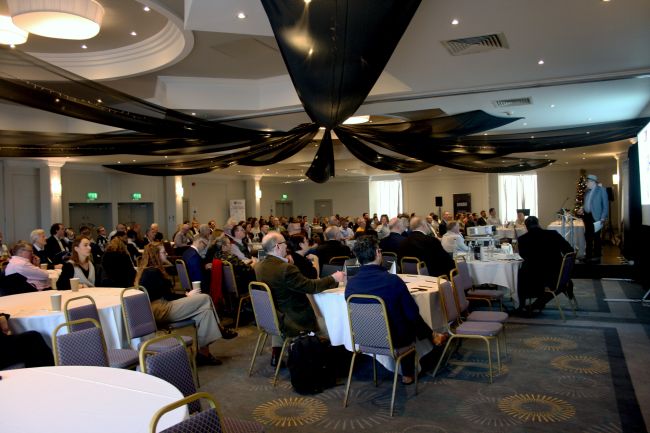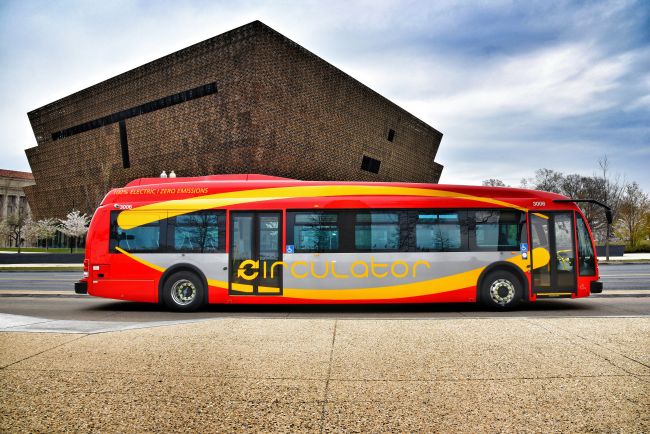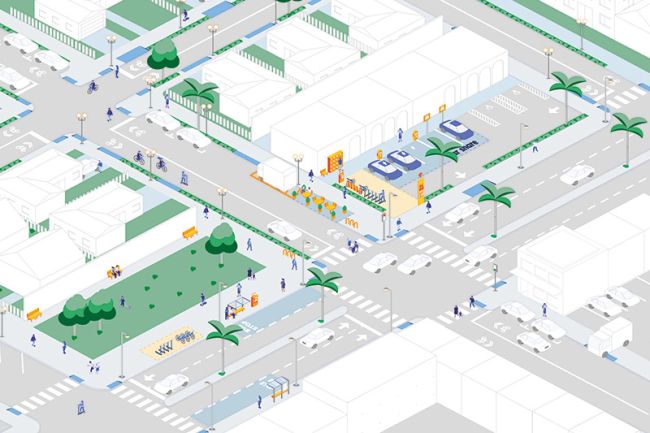It is time to consider smart fares
Fare smart cards have been adopted across North America with over 60 agencies already providing card based ticketing.

Fare smart cards have been adopted across North America with over 60 agencies already providing card based ticketing and many additional ticketing programs are under development. As more agencies adopt smart cards there is a significant opportunity to leverage this new technology to grow ridership and revenue with smart fares.
Transit agencies and operators seek to optimize their ridership and revenue while achieving other strategic goals and policies. Typically, ridership growth is seen as an additional cost – either fares are decreased or more service is deployed to grow ridership. An emergent trend to grow ridership without significant new investment is to leverage new automatic fare collection or smart card technology to implement advanced fare structures. These advanced fare structures or ‘Smart Fares’ include a range of approaches to set fares that encourage ridership growth, while meeting commercial targets and achieving broader policy goals.
At a high-level, smart fares vary from historic approaches to fare setting and leverage technology to establish more dynamic fares:
- Customer focused: Define prices based on specific customer travel patterns and needs, rather than using a one size fits all approach. (Example: moving from a set period pass to a frequency based discount or a loyalty program with a commercial partner.)
- Variable: Set prices to vary by time of day or customer type. (Example: setting off peak fares at a rate lower than peak fares.)
- Flexible: Modify prices based on emergent conditions to incentivize ridership. (Example: discounts during construction or service disruptions.)
- Integrated: Align prices between multiple mobility providers to allow for seamless ticketing and payment.
The potential benefits of smart fares include ridership and revenue optimization along with directly supporting broader policy objectives. For example, smart cards allow agencies to understand customer travel patterns, which can aid in service planning. This data can also be used to optimize smart fares based on customer use patterns. Agencies can use traveler history to develop loyalty programs where passengers receive discounts or other awards based on frequency of travel, or even deploy event specific pricing to increase transit mode share to sporting or other major events. These approaches encourage increased ridership from discretionary travelers who may be reluctant to buy a traditional monthly pass, but will seek out a discount or reward by taking multiple trips on one fare card.
Another example of smart fares, which has seen use in North America already, is time of day pricing where customers in the off-peak have a lower fare than travelers in the peak period. This approach to pricing may shift demand to times of day when buses or trains are already less crowded or carry fewer customers. This means travelers in the peak benefit from less crowding and agencies can make better use of capacity that is already being provided. In some instances, the influx of new off-peak demand could cover the lost revenue of lowering the fare or even grow revenue, allowing an agency to increase its ridership and customer comfort without additional expenditure.
Family based pricing has also been explored to encourage more evening and weekend ridership. While many agencies may offer a free child fare, smart cards could be used to link multiple travelers as a group and apply a discount if a set of smart cards are used to travel together.
While smart fares have seen more widespread use in Europe and Asia, there is a growing opportunity to identify how the benefits of smart fares can be realized in a North American context. Early leaders in this field have already implemented time of day pricing and are exploring new approaches to loyalty and customer centered fares. With the emergence of new mobility providers, there are further opportunities to explore how to provide smart fares across multiple service providers to manage congestion on roadways and crowding on transit, while also achieving ridership and revenue targets.






















